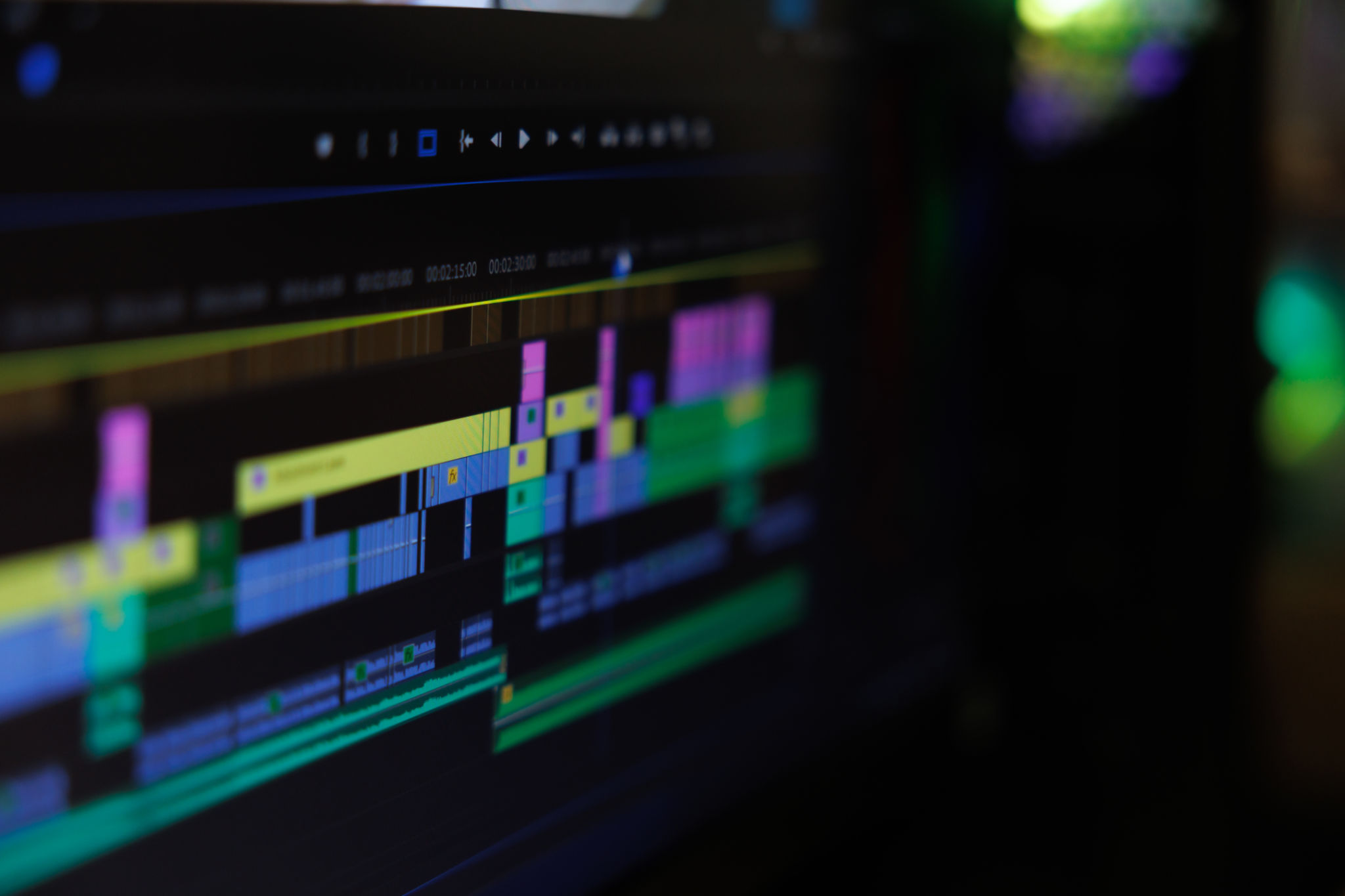Mastering the Art of Video Editing: A Comprehensive Guide for Filmmakers
Introduction to Video Editing
In the world of filmmaking, video editing is an essential skill that can make the difference between a good film and a great one. It is the art of rearranging footage, adding effects, and crafting a story that resonates with audiences. Whether you're an aspiring filmmaker or a seasoned professional, mastering video editing can elevate your projects to new heights.
Video editing involves various stages from organizing clips to finalizing the cut, each requiring attention to detail and creativity. This guide aims to provide filmmakers with comprehensive insights into the art of video editing, offering tips and techniques to enhance their craft.

Understanding the Basics
Before diving into complex editing techniques, it's crucial to understand the basics. Familiarize yourself with the tools and software available, such as Adobe Premiere Pro, Final Cut Pro, or DaVinci Resolve. Each of these platforms offers unique features that cater to different editing styles and needs.
Begin with organizing your footage effectively. Use folders to categorize clips by scenes or sequences, and label them for easy access. This organization saves time and allows you to focus on the creative aspects of editing.

Cutting and Trimming
The core of video editing lies in cutting and trimming clips. This process involves selecting the best takes and removing unnecessary parts to maintain a smooth narrative flow. Pay attention to pacing; too fast may confuse viewers, while too slow can lead to disengagement.
Utilize keyboard shortcuts in your editing software to speed up the process. For example, cutting a clip can often be done with a simple command like "Ctrl+K" or "Cmd+K," depending on your operating system.
Enhancing the Visuals
Once you have a rough cut, it's time to enhance the visuals. Color grading can dramatically change the mood of your film. Adjust brightness, contrast, and saturation levels to achieve the desired effect. Many editors use LUTs (Look-Up Tables) for consistent color grading across scenes.

Don't forget about visual effects. Subtle effects like lens flares or motion blur can add depth and professionalism to your project. However, use them sparingly to avoid overwhelming the audience.
Incorporating Sound Design
Sound is often underestimated in video editing but plays a crucial role in storytelling. Incorporate ambient sounds, dialogue, and music tracks that complement the visuals. Ensure audio levels are balanced so that no element overpowers another.
Consider using sound effects to enhance key moments. Whether it's the creaking of a door or the roar of an engine, these details can significantly impact the viewer's experience.

Finalizing Your Project
Before you declare your project complete, review it several times. Look for inconsistencies in storytelling and technical errors such as audio sync issues or color mismatches. A fresh pair of eyes might also catch mistakes you missed during the editing process.
Once satisfied, export your project in the appropriate format for distribution. Consider where your film will be shown—whether it's online platforms or film festivals—and adjust settings accordingly for optimal quality.
Continuous Learning
The world of video editing is always evolving with new technologies and trends. Keep learning by exploring tutorials, attending workshops, and experimenting with different styles. Engaging with online communities can also provide valuable feedback and inspiration.
Mastering video editing requires practice and patience, but the results are well worth it. With these tips in mind, filmmakers can hone their skills and produce visually compelling stories that captivate audiences worldwide.
